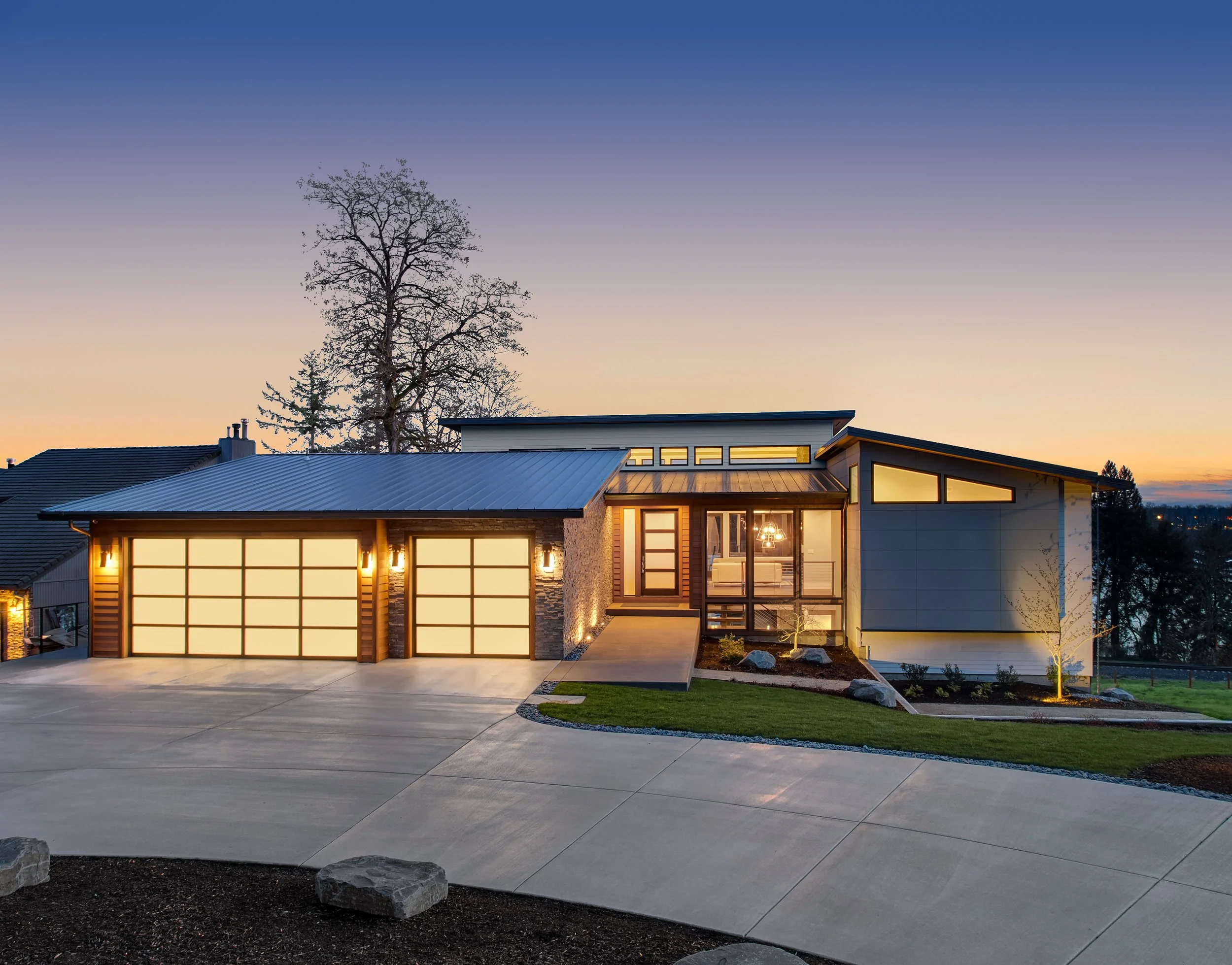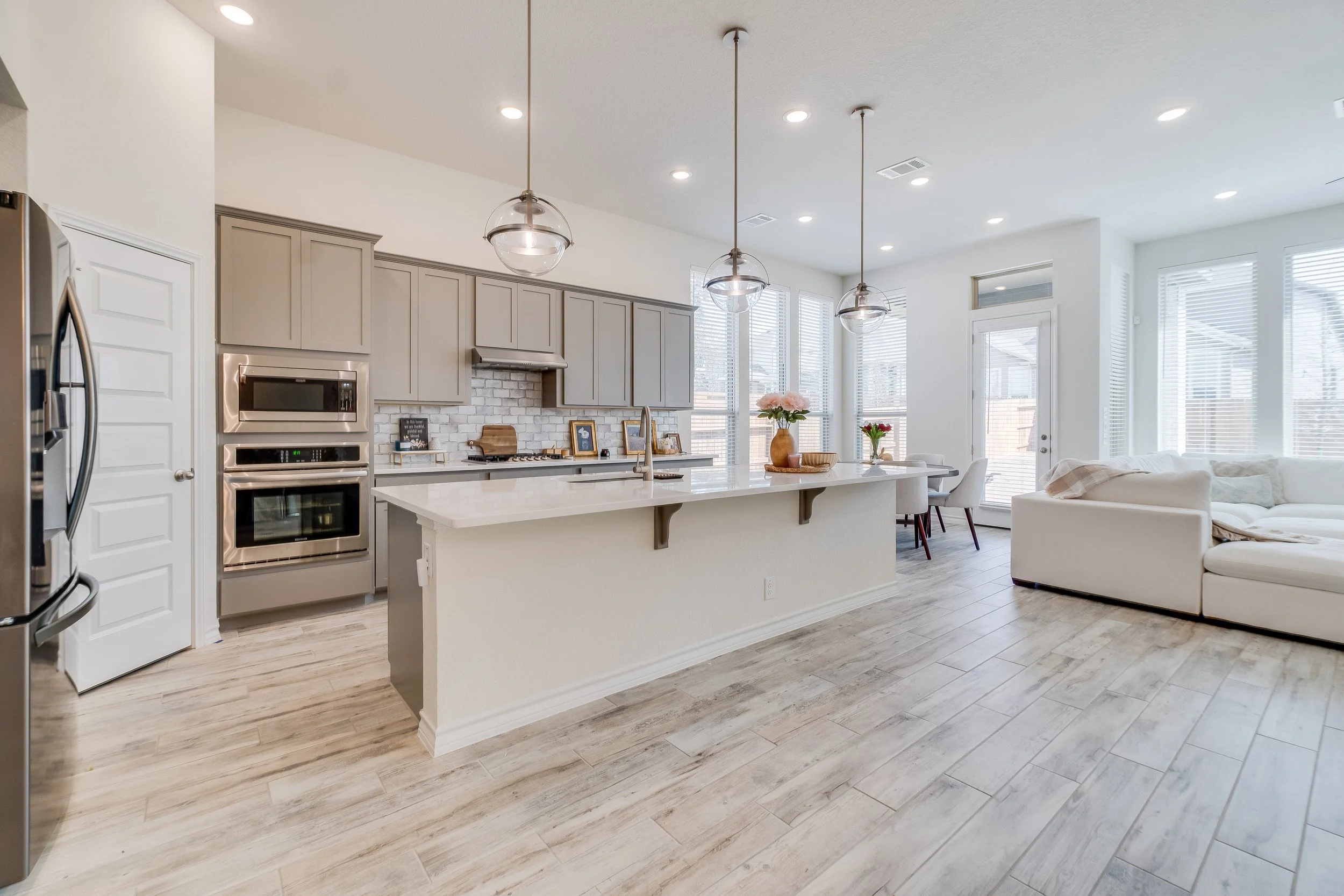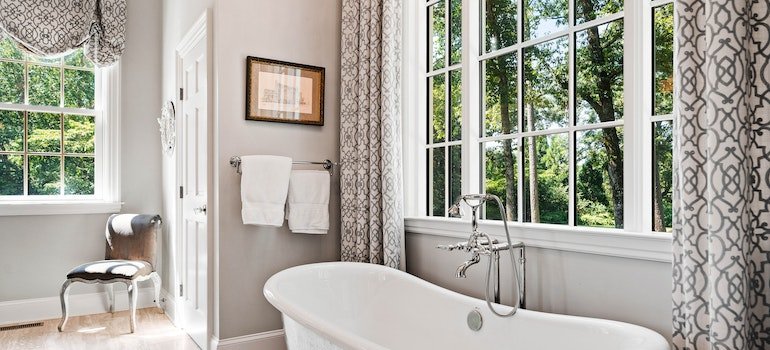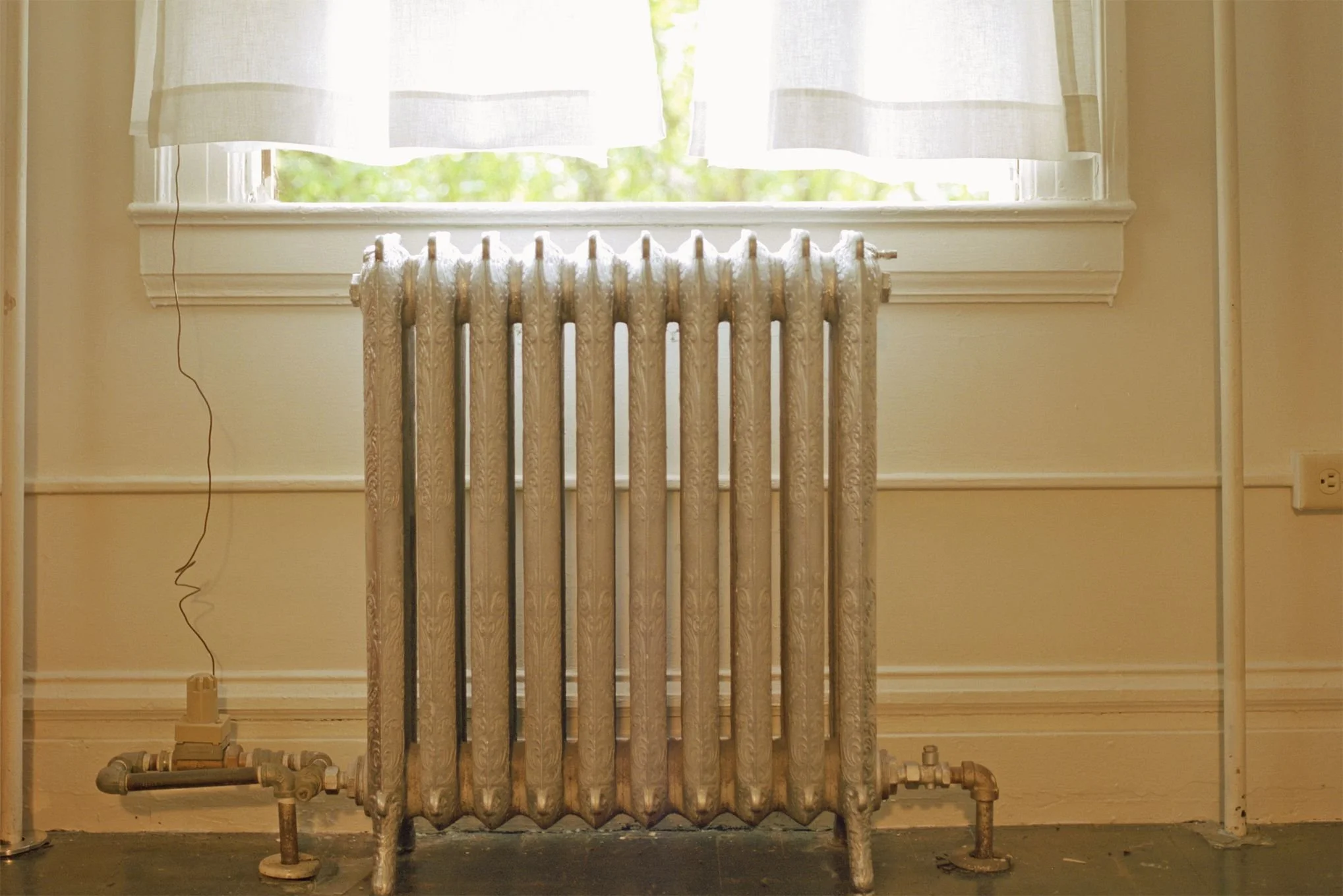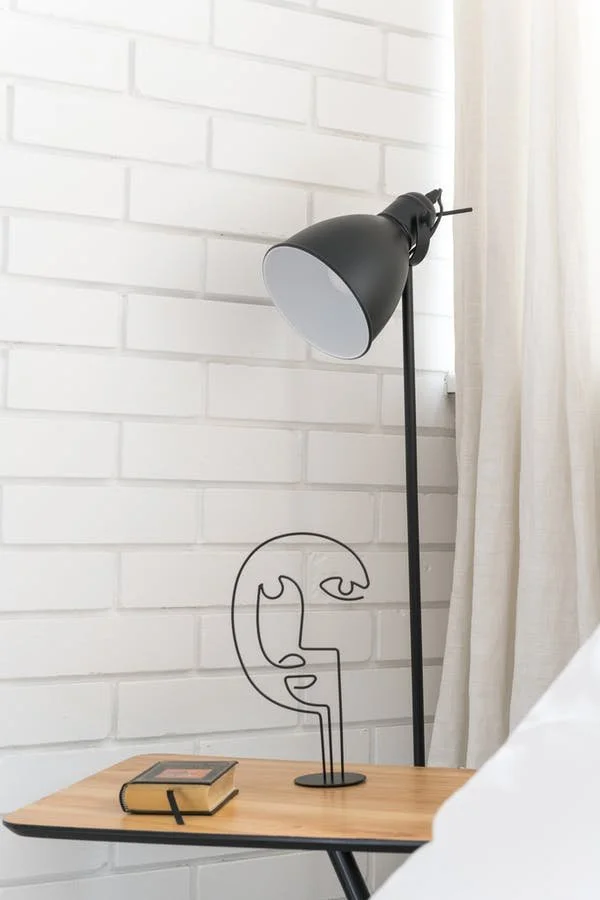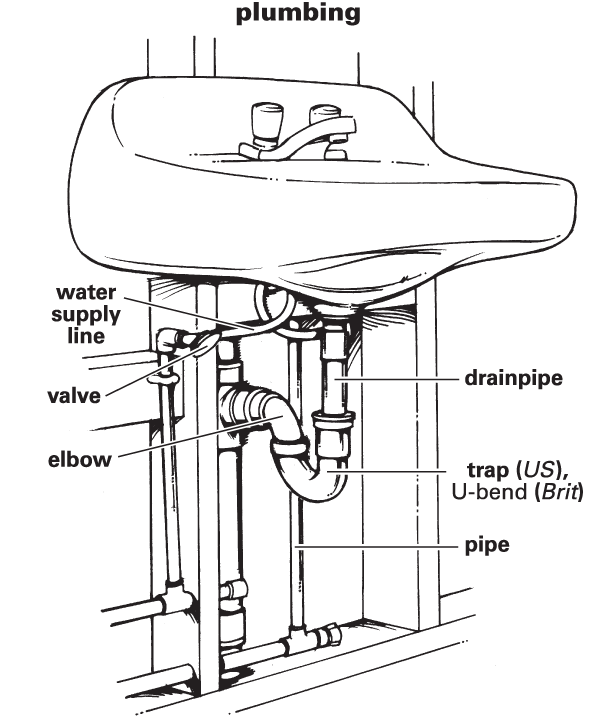How To Adapt A Home For An Overweight Person
RH Business Marketing Solutions
If you have an overweight family member, you may be wondering how to adapt your home to make them more comfortable. This can be a difficult task, but it's important to make sure that your loved one feels safe and secure in their own home. In this blog post, we will discuss some ways that you can make your home more accommodating for an overweight person. We hope that this information will be helpful for you! So, let's get started
Change Your Toilet
One of the first things that you can do to adapt your home for an overweight person is to change your toilet. As explained by the team behind https://clearlylarge.com/, an average person spends 30 minutes a day in the bathroom and for this reason, it is essential that the space is functional and comfortable. A standard toilet may not be able to accommodate an overweight person, so it's important to find a model that will be comfortable for them. You may also want to consider installing a grab bar in the bathroom to help your loved one get on and off the toilet.
Buy a Wiping Brush
Another important thing to consider when adapting your home for an overweight person is to buy a wiping brush. This can be used to help clean up after using the toilet, and it will make it easier for your loved one to stay clean. Overweight people often have a difficult time reaching certain areas, so having a brush that can help them clean those areas will be very helpful. Luckily, nowadays you can find a wide variety of wiping brushes on the market, so you should be able to find one that meets your needs.
Make Sure Your Shower Is Wide Enough
When it comes to accommodating an overweight family member, many people think that the only thing you need to do is buy them bigger clothes. But in reality, there are many other things you can do to make their life easier and more comfortable. One of those things is making sure your shower is wide enough. A standard shower is usually about 60 inches wide, but if you have an overweight family member, you may want to consider buying a shower that is at least 72 inches wide. That will give them plenty of room to move around without feeling cramped or uncomfortable. Plus, it will make it easier for them to wash themselves.
Buy an Electric Shower Brush
Another great way to make sure your overweight family member is comfortable in the shower is to buy an electric shower brush. This type of brush can be used to reach all those difficult-to-reach areas, and it will make it easier for your loved one to stay clean. There are a variety of different electric shower brushes on the market, so you should be able to find one that meets your needs.
Make Sure the Entrance Is Wide Enough
Another interesting thing to consider when adapting your home for an overweight person is to make sure the entrance is wide enough. This may seem like a small detail, but it can actually make a big difference. If the entrance to your home is too narrow, it can be difficult for an overweight person to get through. Especially if this person uses a wheelchair or walker. So, it's important to make sure the entrance to your home is wider. That way, your loved one will be able to get in and out of the house without any problems.
Install a Stair Lift
If you have stairs in your home, another great way to adapt your home for an overweight person is to install a stair lift. This can be a great way to help your loved one get up and down the stairs without any difficulty. There are a variety of different stair lifts on the market, so you should be able to find one that meets your needs. However, there are some key things you need to keep in mind when choosing a stair lift. First, you need to make sure the stair lift is wide enough to accommodate an overweight person. Second, you need to make sure the stair lift has a weight limit that is high enough for your loved one. Lastly, you need to make sure the stair lift is easy to use.
So, there you have it. These are just a few of the things you can do to adapt your home for an overweight person. By taking these steps, you can make your loved one's life much easier and more comfortable. And that's what really matters.






